Carlo Demand In Motion and Color: Automobile Racing 1895–1956
by Gary D. Doyle

The German artist Carlo Demand (1921–2000) illustrated more books than any other artist, yet his name is not nearly as well known as that of many of his contemporaries or as the quality of his work would indicate. It probably didn’t help matters that Demand even in his Eighties spent 10 to 14 hours a day in his studio rather than worrying about marketing his work. On that score it should probably be mentioned at the outset that the author in 2001 entered into a business relationship with Demand’s widow to present Carlo’s work each year at the AFAS (Automobile Fine Arts Society, of which, incidentally, Demand is a charter member) show at the Pebble Beach and Amelia Island concours. With this level of access to the material who better qualified to present an annotated selection of the oeuvre? Doyle, who is an AFAS member himself, has several books of auto-related biographies, art, and artists under his belt.
Following a foreword by Classic and Sports Car editor Mick Walsh, a fine introduction gives an overview of the highlights of Demand’s life, describes his style and technique, employment and clients, and traces his work from the first 1938 newspaper drawing to his last major book in 1990. A separate chapter describes his various books in good detail, even as to their availability today and what makes one edition different from another which is a most useful service to the reader who will inevitably want to dig deeper after getting a taste in Doyle’s book. The focus is on Demand’s 11 “major” books and there is no mention of the several coloring books to which he supplied b/w line art and that are easily and cheaply found still today.
Over the course of a professional life spanning 50 years Demand likely produced thousands of drawings and studies, many of which have still not been published. In addition to the racing illustrations, for which he is probably best known, Demand depicted all means of transport and examples of some of these subjects are shown here in the introductory chapters. The bulk of the book tells the history of motor racing between 1895 in 1956 in 59 vignettes illustrated with gouache paintings Demand did for a multitude of clients. Each event is covered in one page of text and a full-page drawing, occasionally supplemented with photos or other illustrations. A few drawings are shown with studies/sketches in addition to the finished piece. It is important to remember here that Demand’s artwork is used in this book as a supporting player to the text; in other words the book is not intended as a typical comprehensive catalog of artworks by an artist and it therefore does not contain exhaustive notes on the art. For instance, the artwork is not dated, which, since it is not shown in the order in which it was created, precludes any appreciation of the artist’s maturing style. Also, no original sizes are given since Demand’s color negatives and transparencies, which formed the basis of the author’s work, did not contain this data. (Someone interested in Demand originals should know that on average the longest dimension is around 30 inches. The book, by the way, is only 8¾ x 10 inches and in landscape format on matte, acid-free paper).
Doyle’s commentary focuses on background to the specific events described, placing them in historic context with many references to technology, politics, or whatever else is pertinent. To the extent that they are knowable he points out specific people, cars, and circumstances depicted in Demand’s drawings. He also makes an effort to draw attention to technical challenges the artist encountered, such as light, reflection, movement, even going so far as to speculate on oddities such as one example of obviously unrealistic perspective or the reasons behind two Indy racers having wrong features. This attention to detail schools a reader’s eye and enriches the experience of “reading” the artwork. In his technical drawings Demand’s style is ultra realistic, be it the placement of rivets or the honeycomb of a radiator matrix. In these “action” drawings there is quite a bit less of that sort of technical detail but the scenes are cohesive in terms of how various elements relate to each other, they are dynamic, and, importantly, everything is correctly proportioned. In a way these drawings make visible more image detail than a photo because a painter can exaggerate things like flying gravel or the dust kicked up by wheel spin or tire rubber compressed by suspension loading. That said, there is nothing cartoonish about them!
The bound book does not contain an index as that was printed separately later. Some early copies of the book may have shipped without this 8-page insert, in which case it is available from the publisher upon request. The index is properly printed and tucks into the book. It contains sufficient detail; Demand’s books are not listed individually by title (probably a good idea because a reader may not yet know them anyway) but are referenced in bulk under the “Demand” entry.
“SpeedReaders” may be the name of this website, but speed-reading is the last thing you’ll want to do with this gem of a book! If reading it motivates you to start looking for Demand originals, budget around $5000 for a piece of similar complexity to these racing scenes.
A Reluctant Postscript:
Laboring under the mandate to be pedantically correct in the description of a book, this reviewer is torn over drawing attention to a problem some readers might not notice and at the same time reassure those that do: Racemaker Press makes great efforts to present well-conceived and -executed books. It is uncommon for one of their books to be as afflicted as this one with quite a large number of—minor—typesetting snafus. They are the result of a discontinued experiment of subcontracting in Racemaker’s early years the design/typesetting to a vendor who is not a native speaker of English. Don’t let this diminish your enjoyment of a most deserving book!
Copyright 2010, Sabu Advani (speedreaders.info)




 RSS Feed - Comments
RSS Feed - Comments











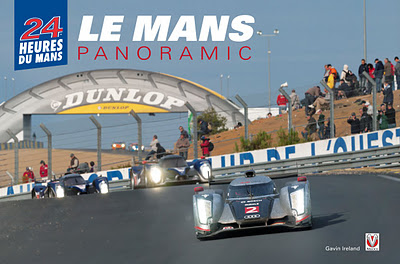






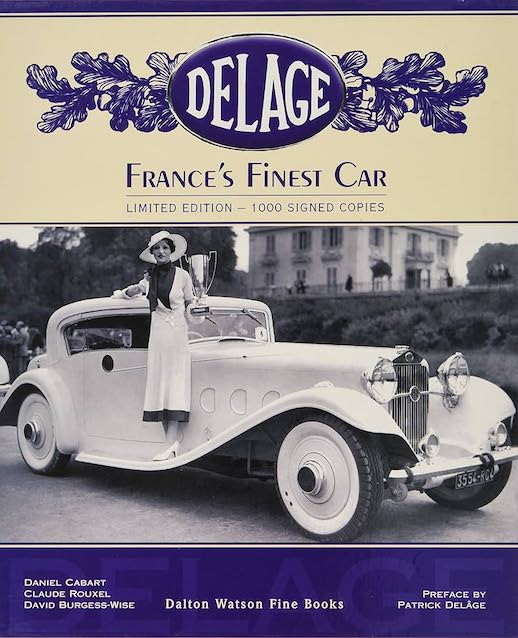













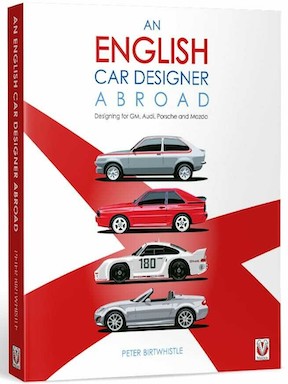











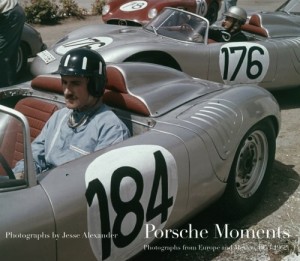














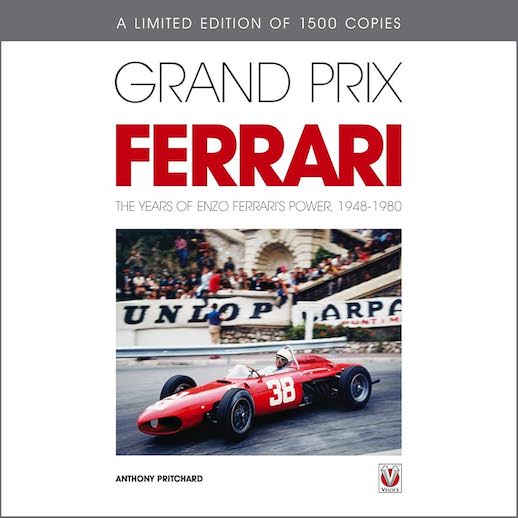

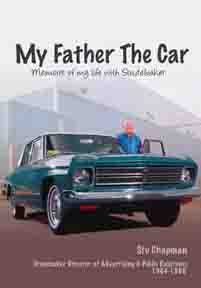







 Phone / Mail / Email
Phone / Mail / Email RSS Feed
RSS Feed Facebook
Facebook Twitter
Twitter
I would very much like to get in contact with the author, Gary D. Doyle. Carlo Demand and my family were good friends in the mid-sixties, and I am almost certain that a number of remarkable facts and memories are not shared by his widow Margaret. But they were important in Carlos life.
I will ask Tom Warth to bring along a copy of Mr. Doyle’s book when visiting Europe later this year, as I am anxious to read what the biography contains, apart from his unique artwork. I had the pleasure to witness Carlo’s work for many hours in his home near Munich. He mastered all graphic techniques with an unbelievable high degree of perfection.